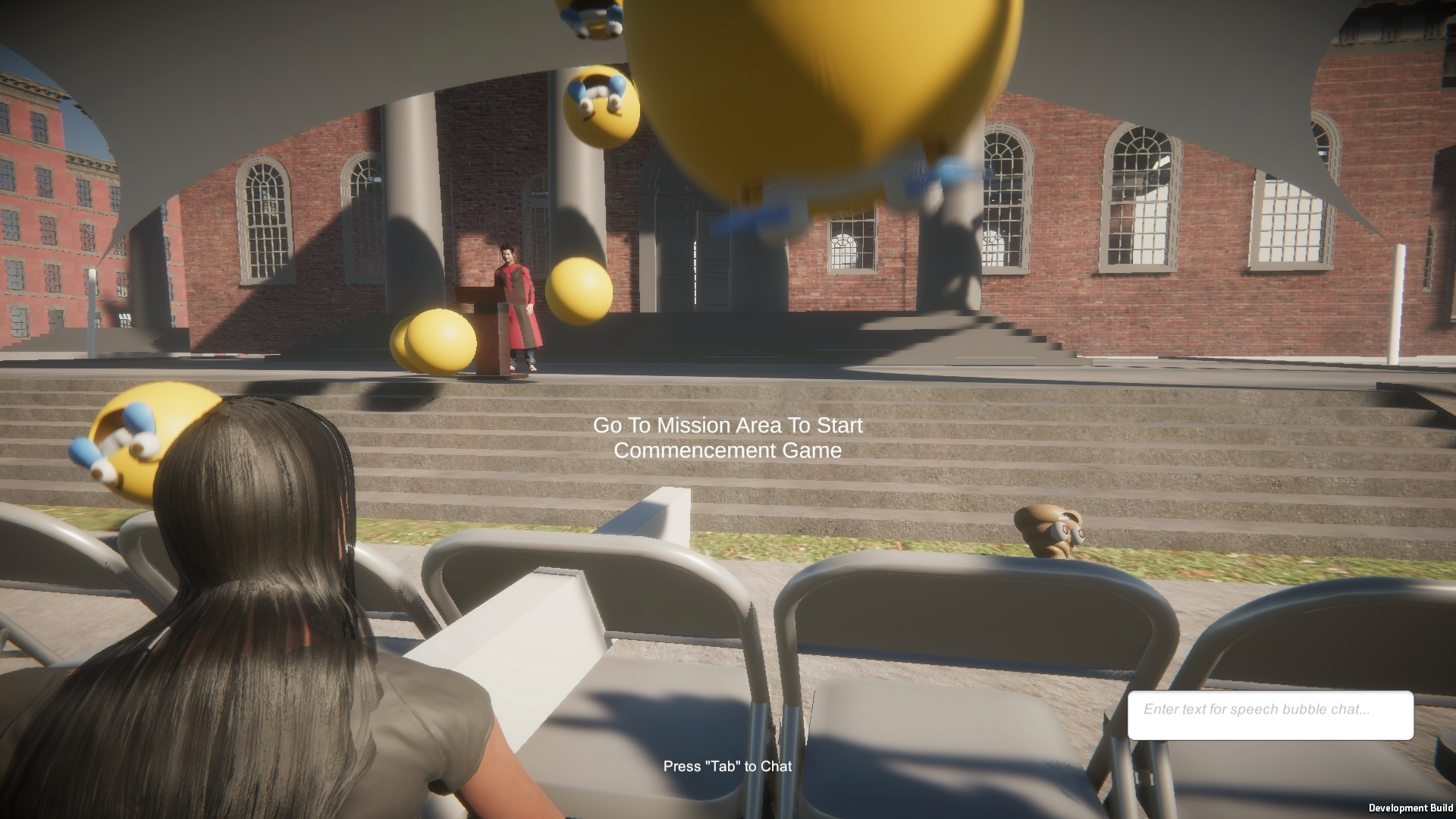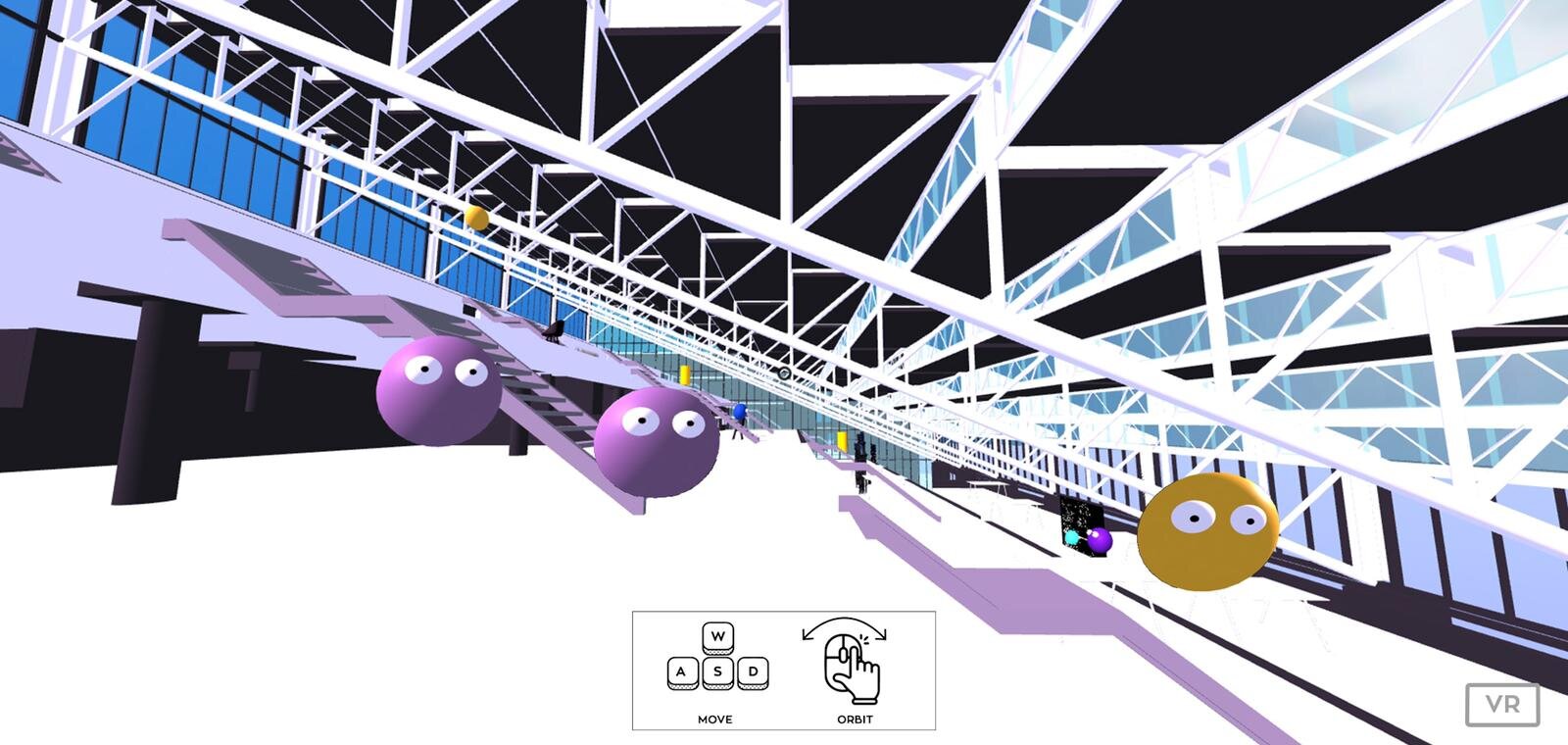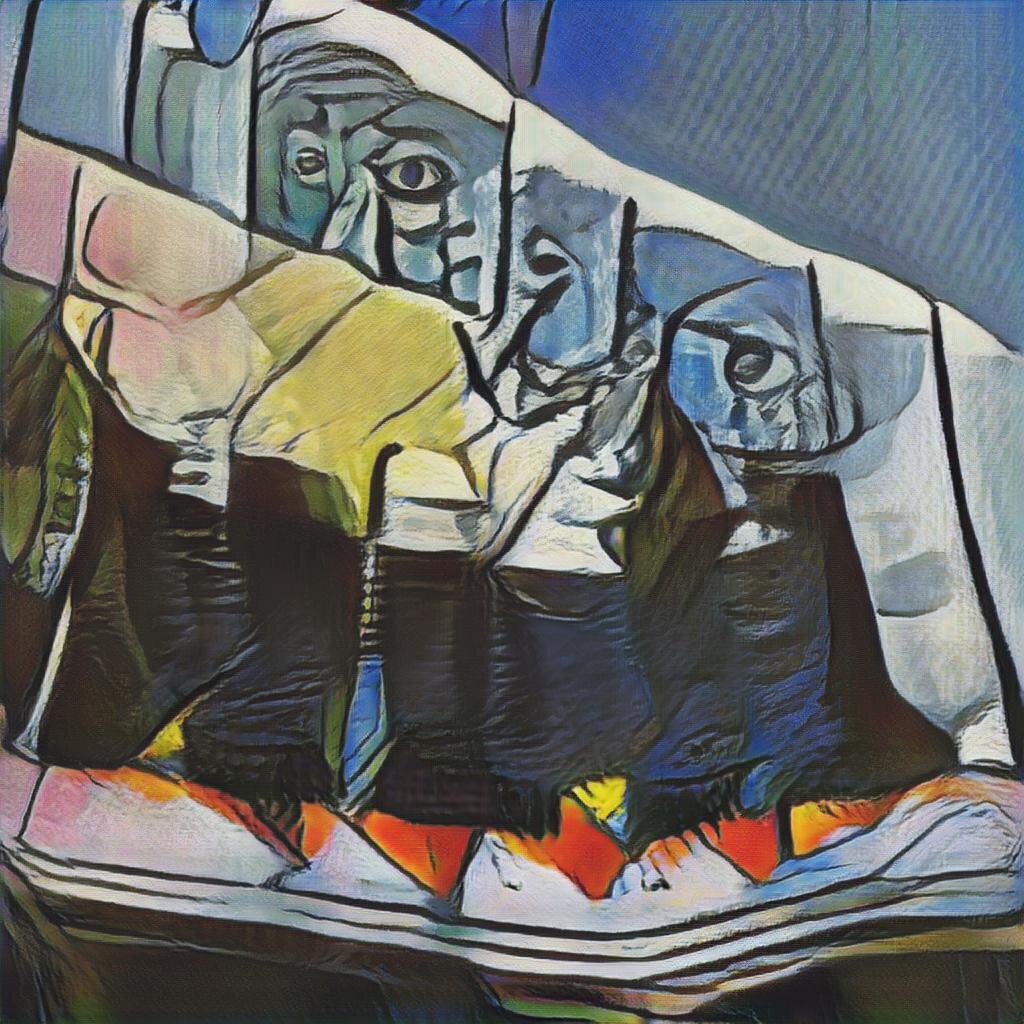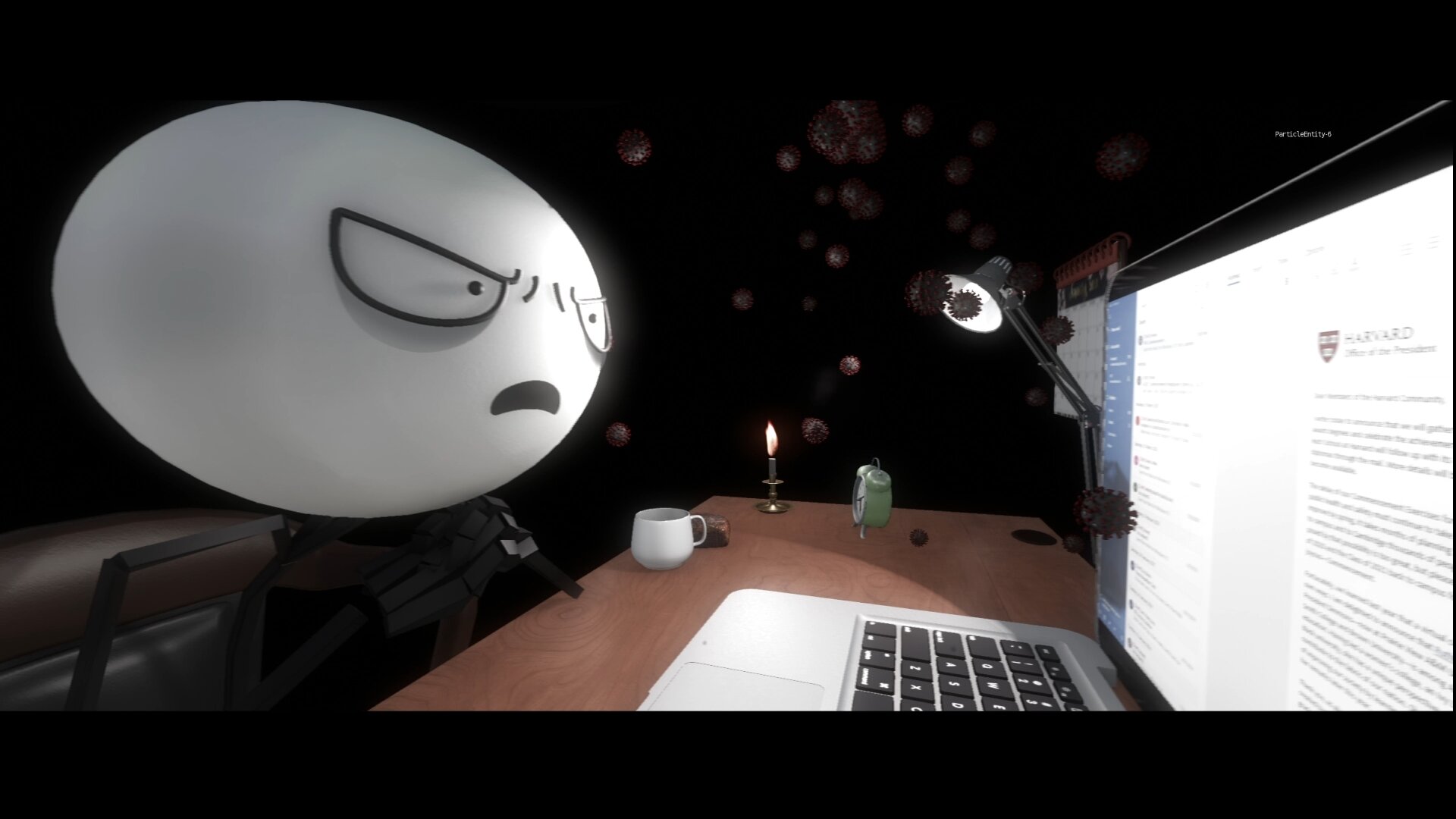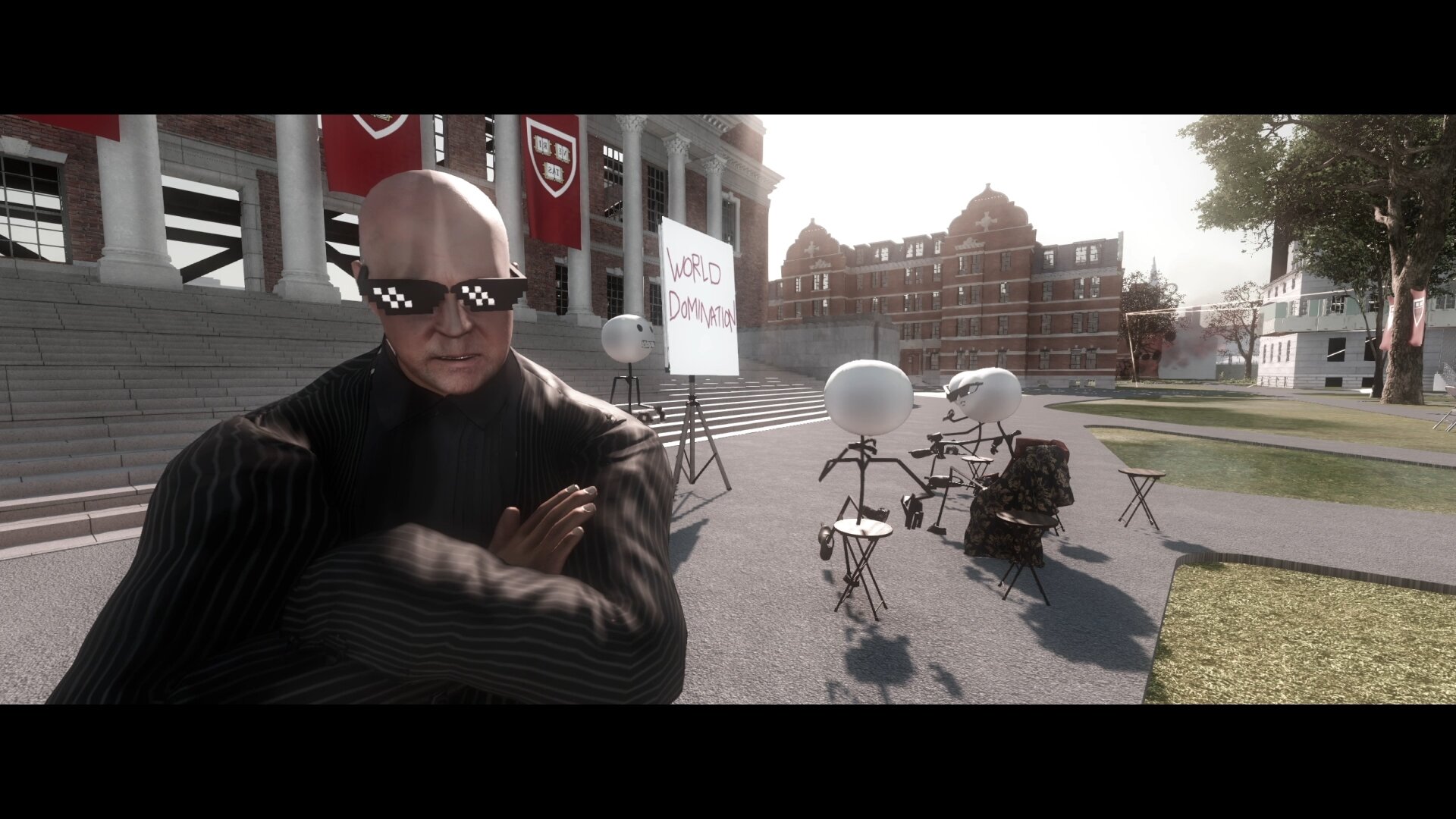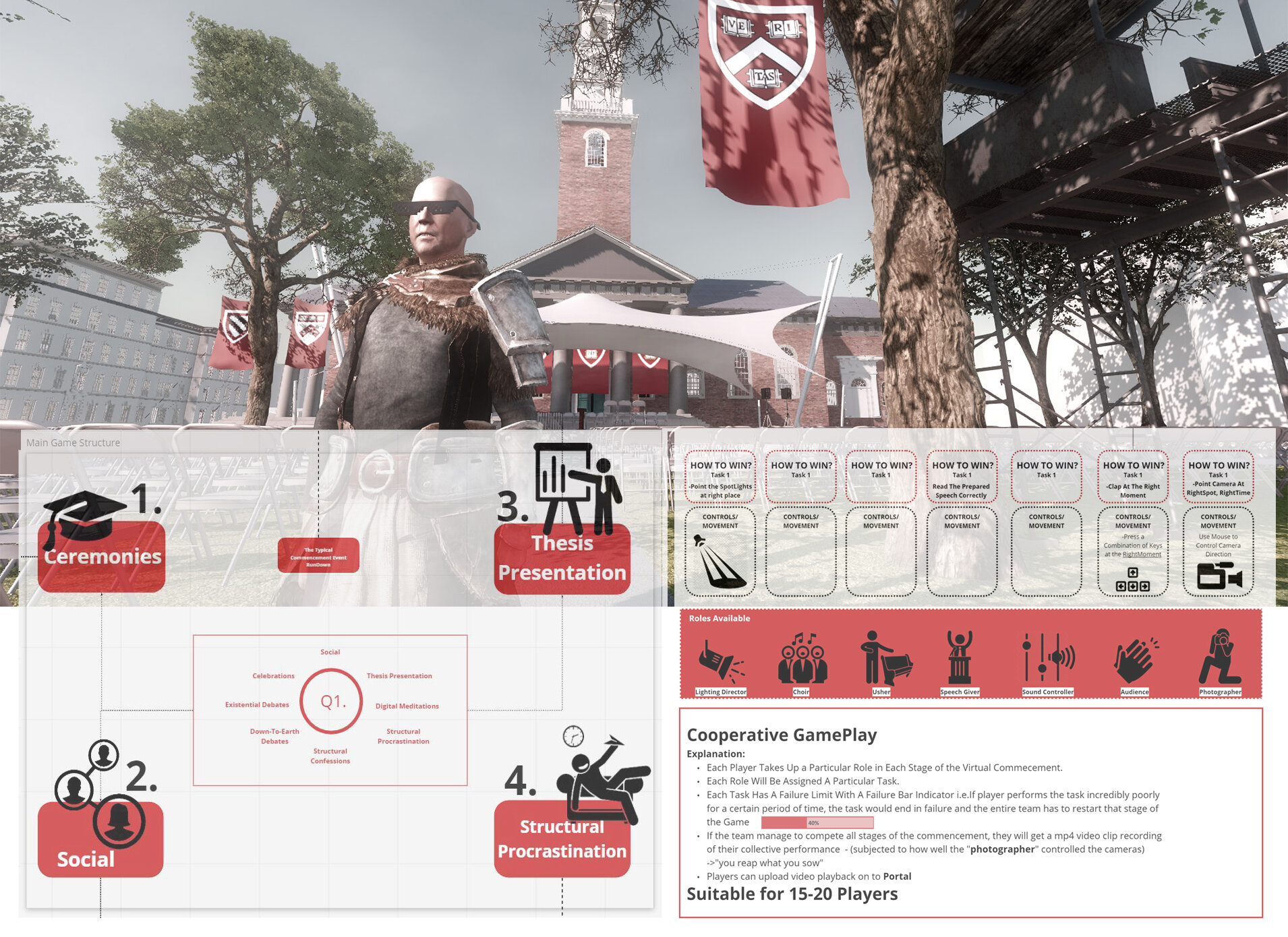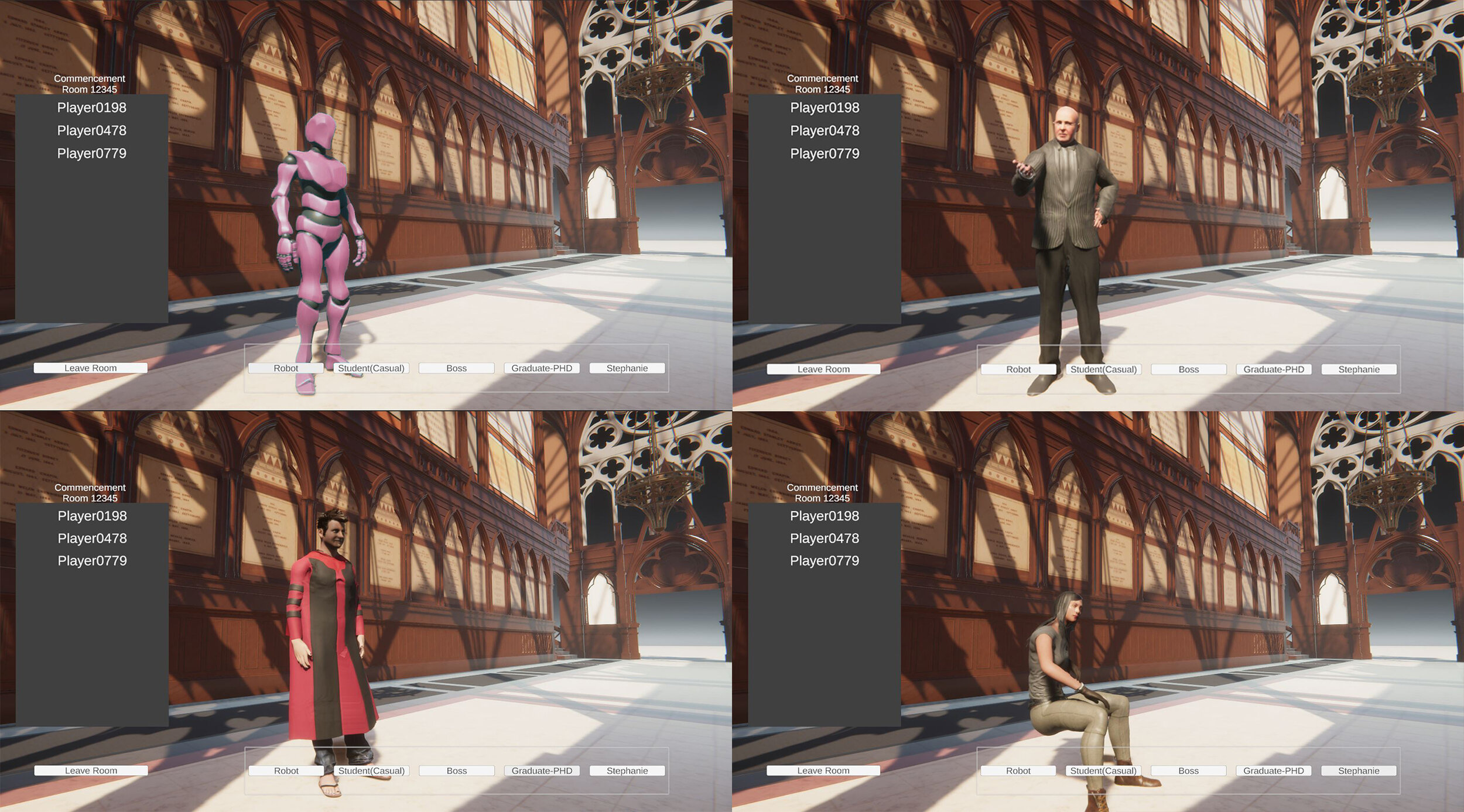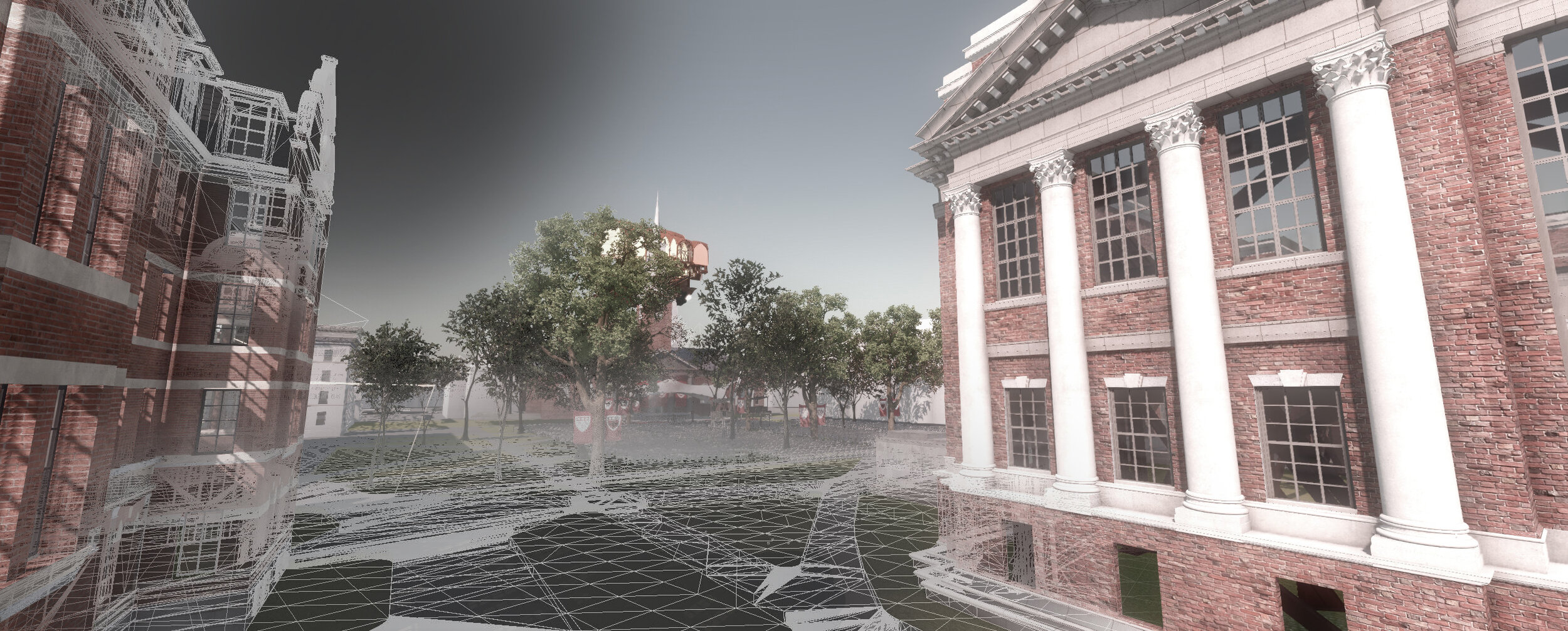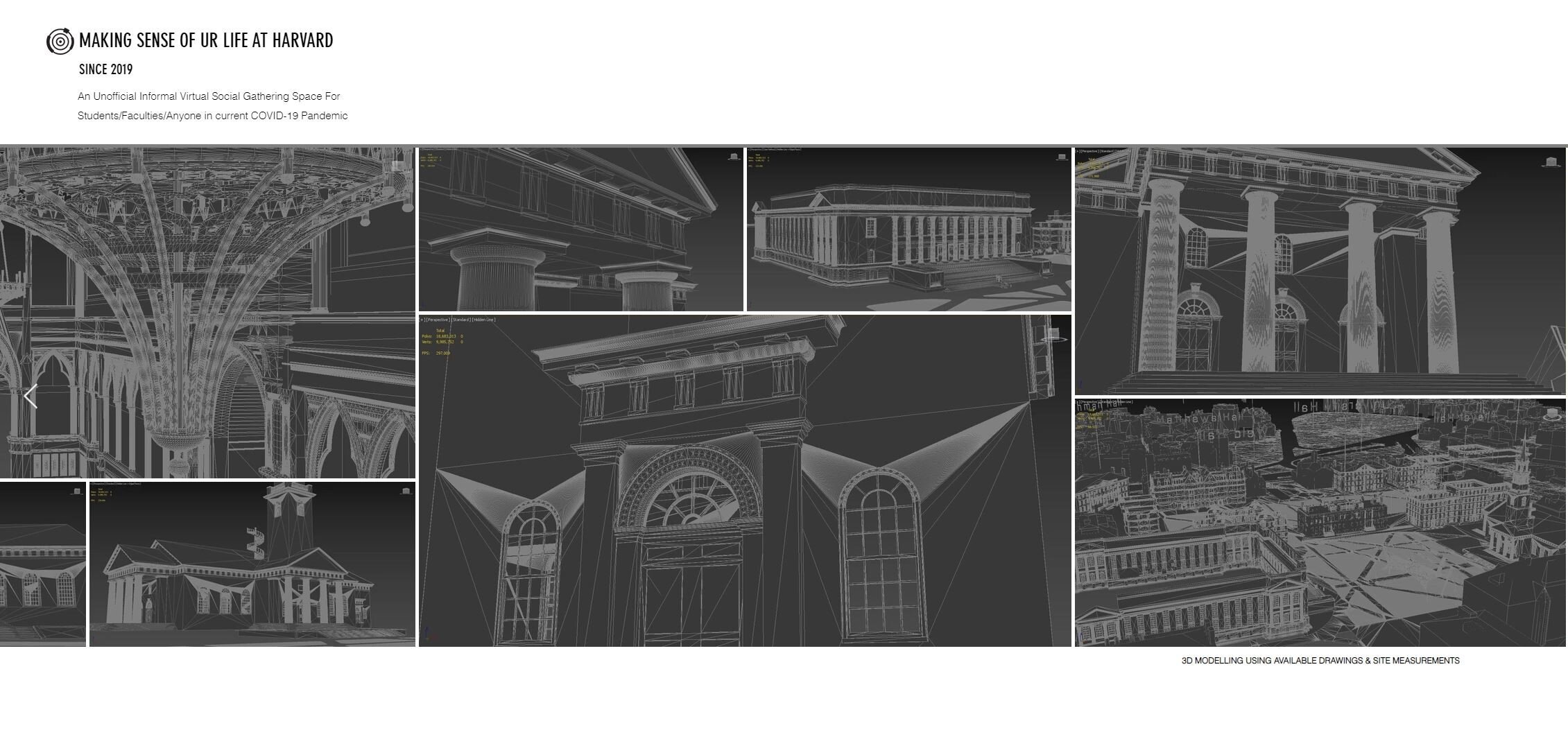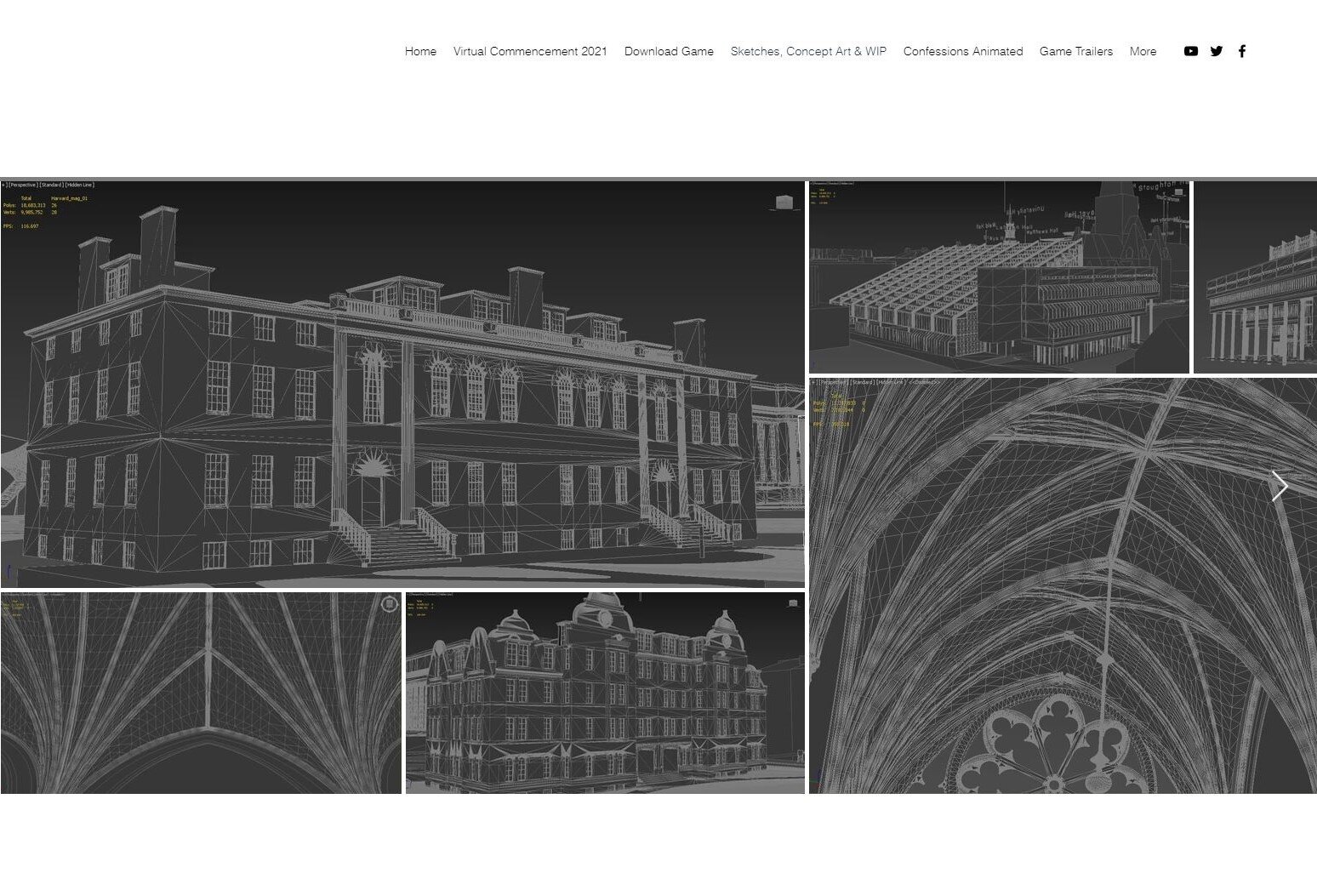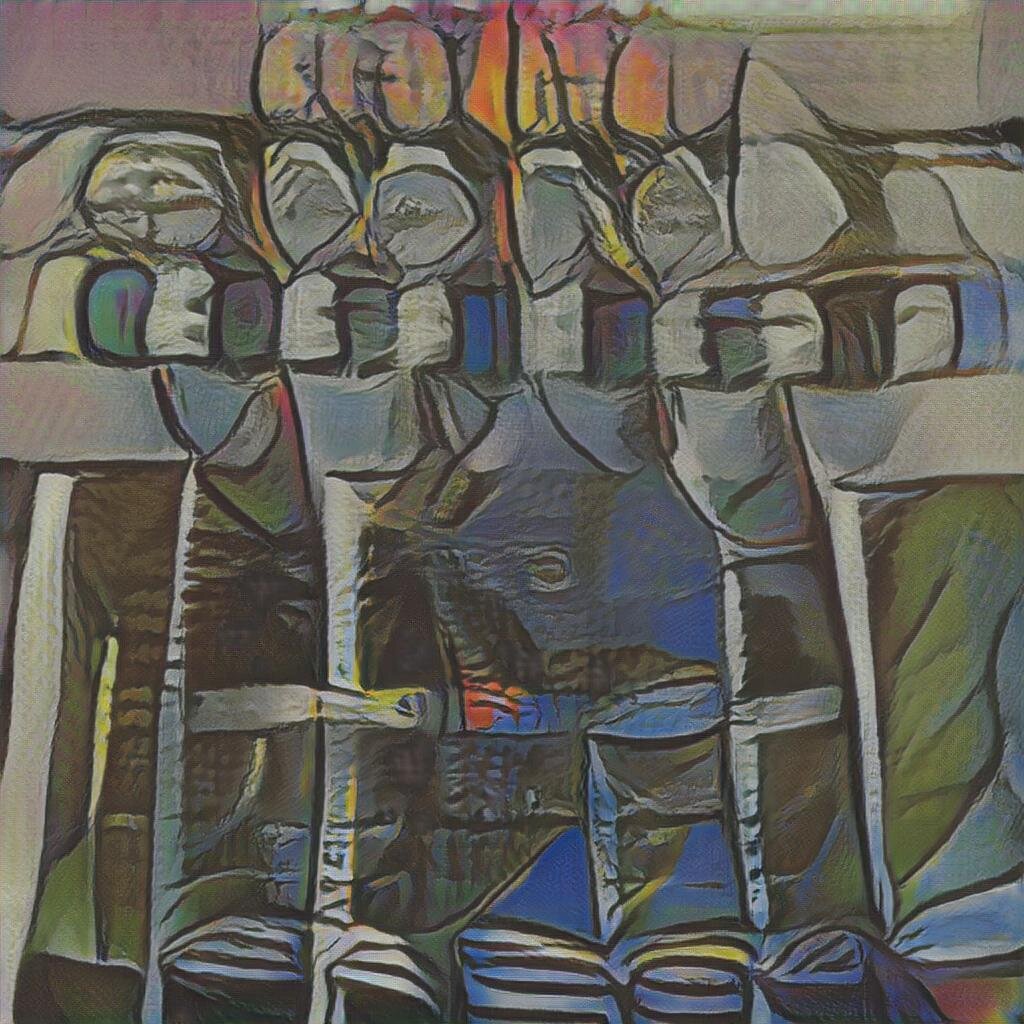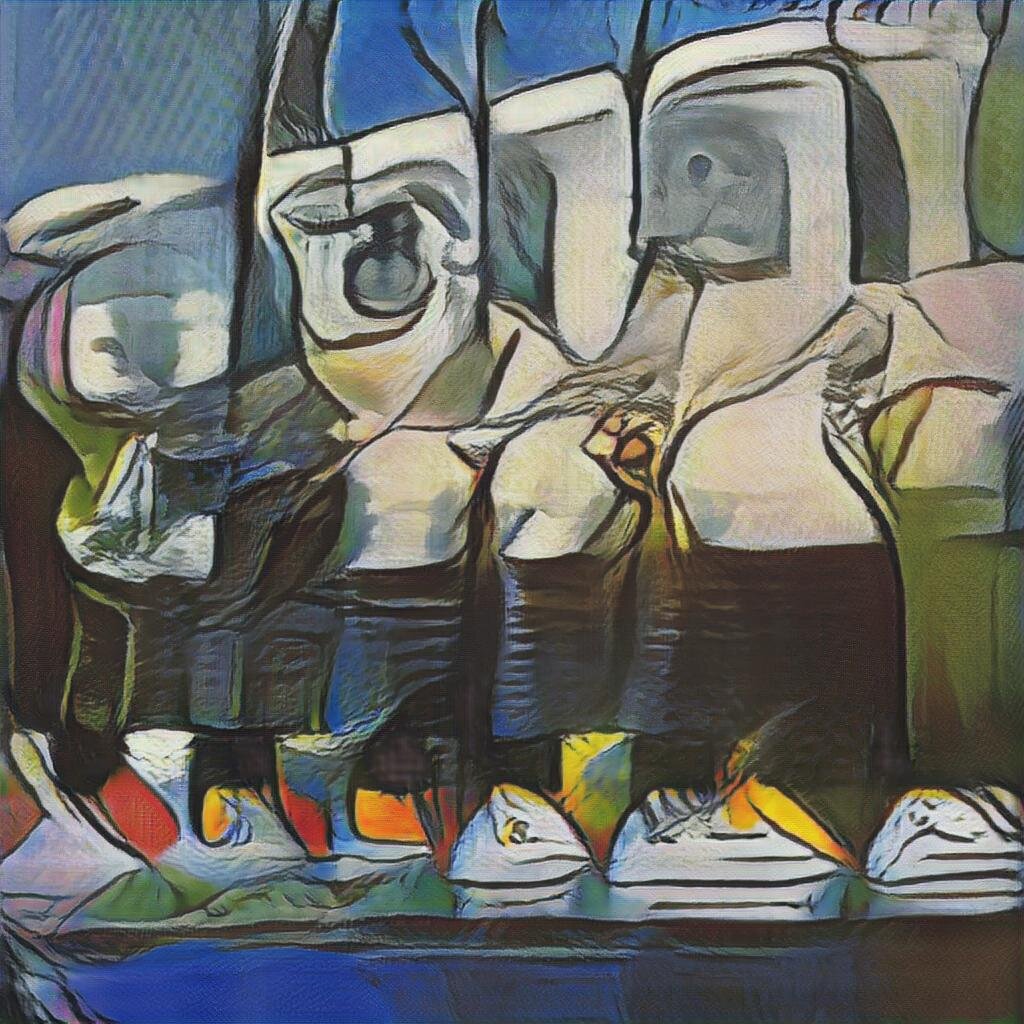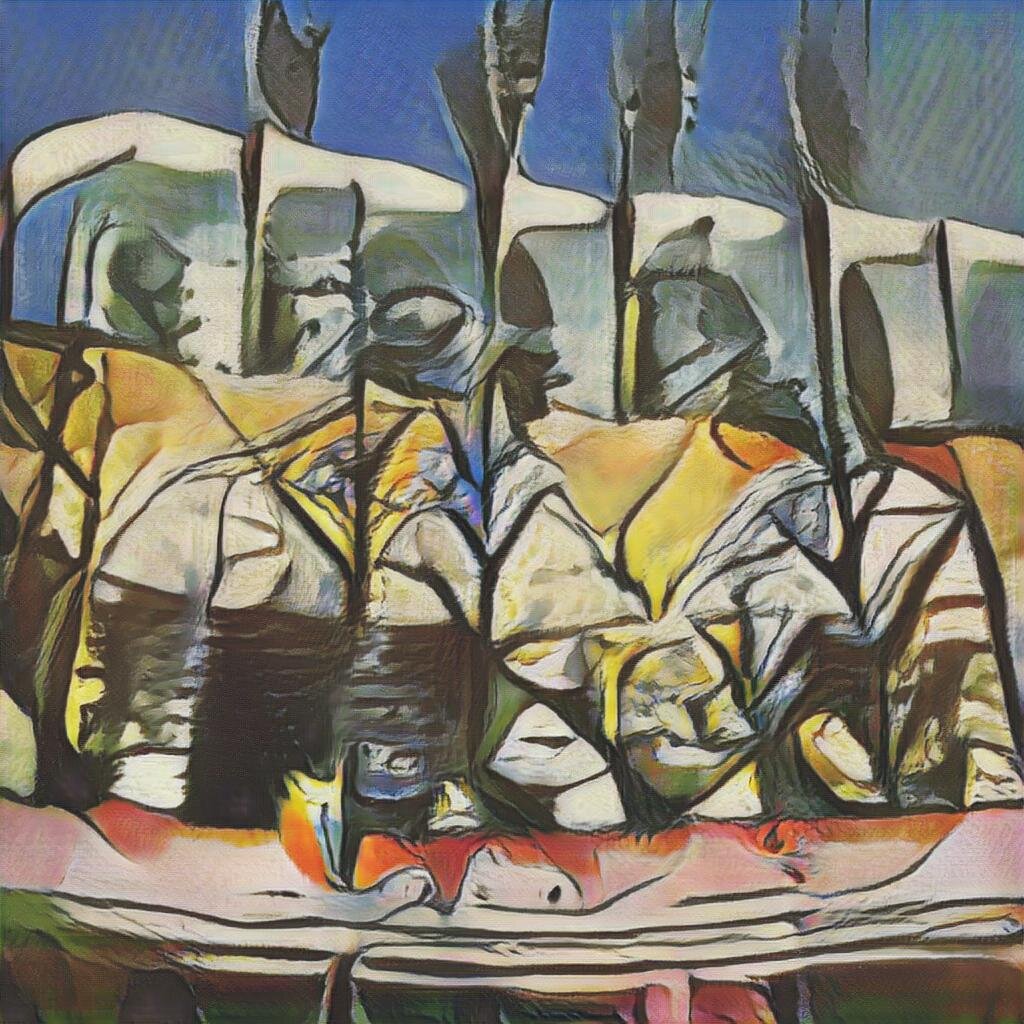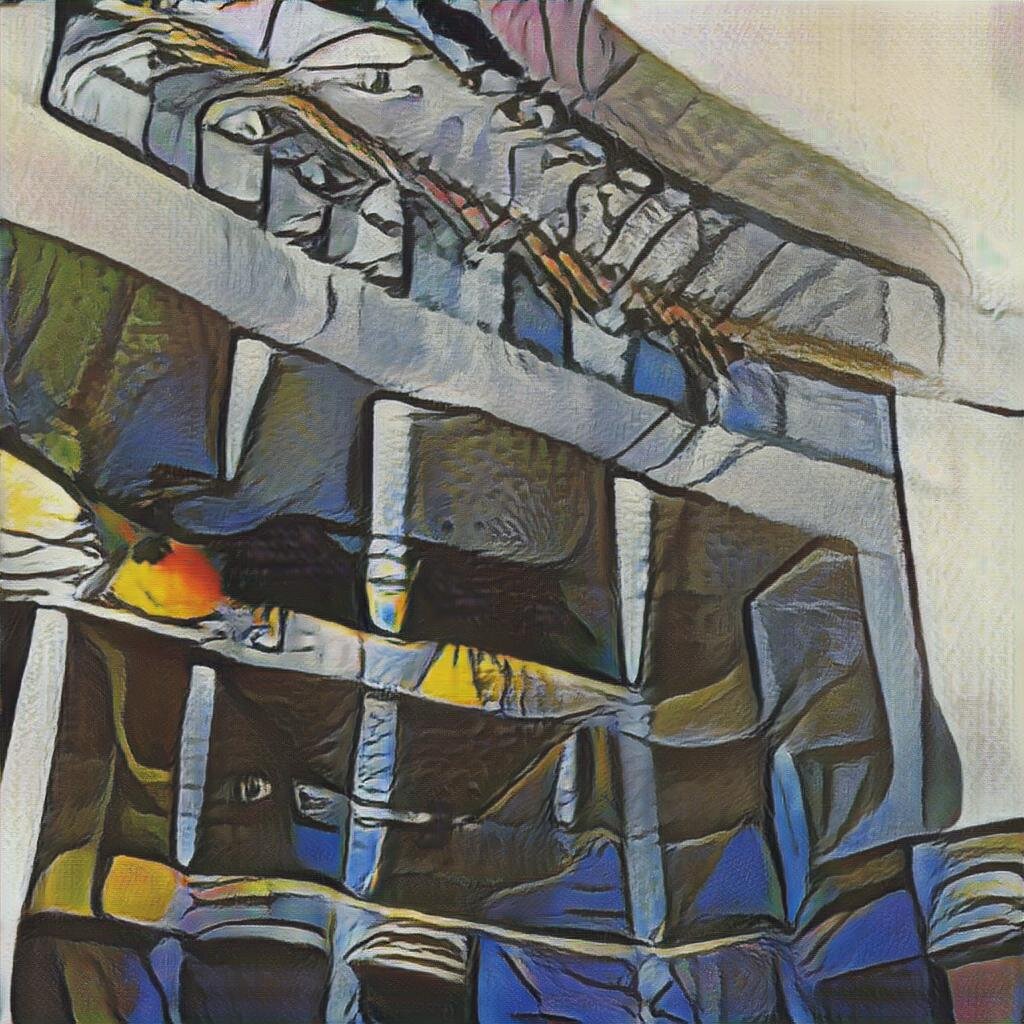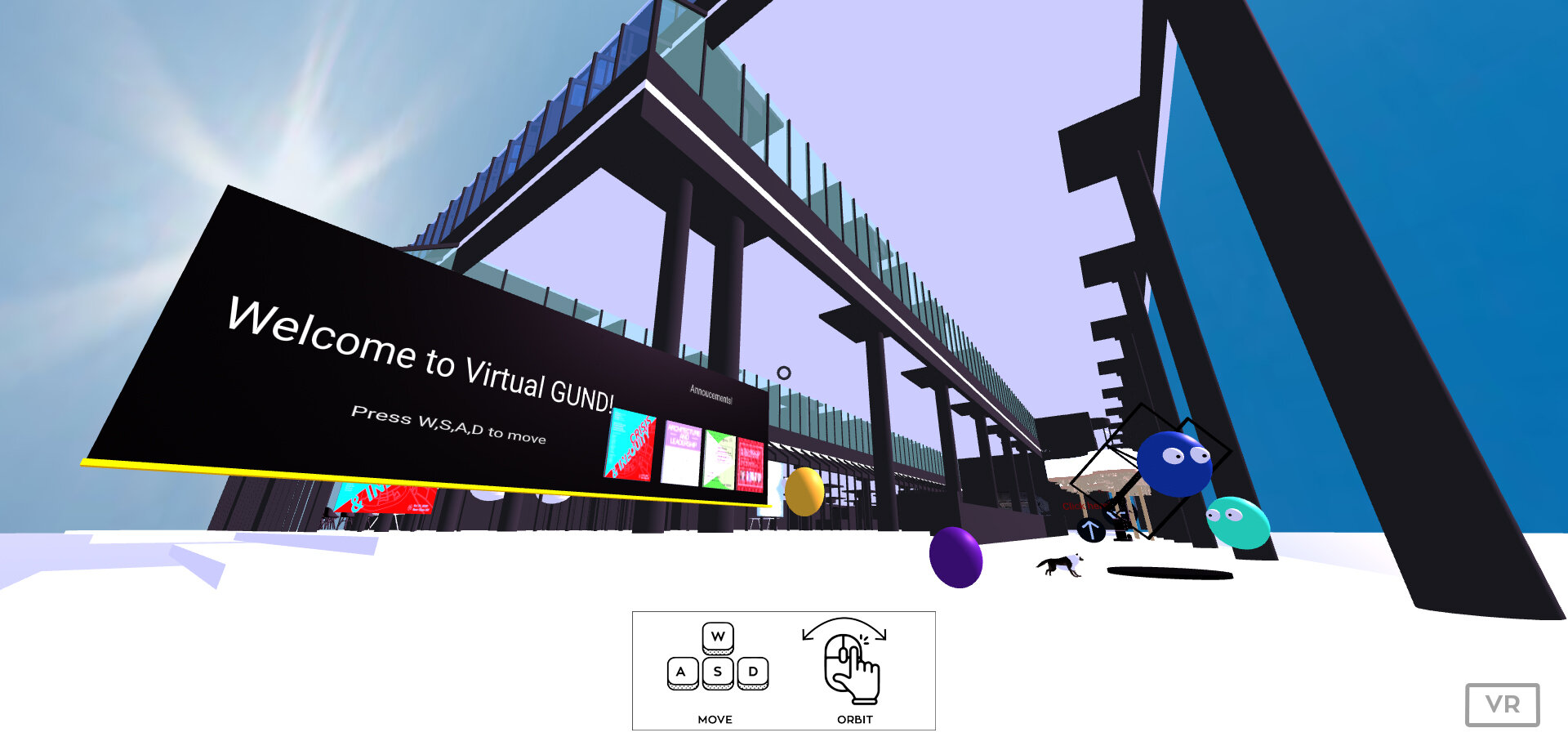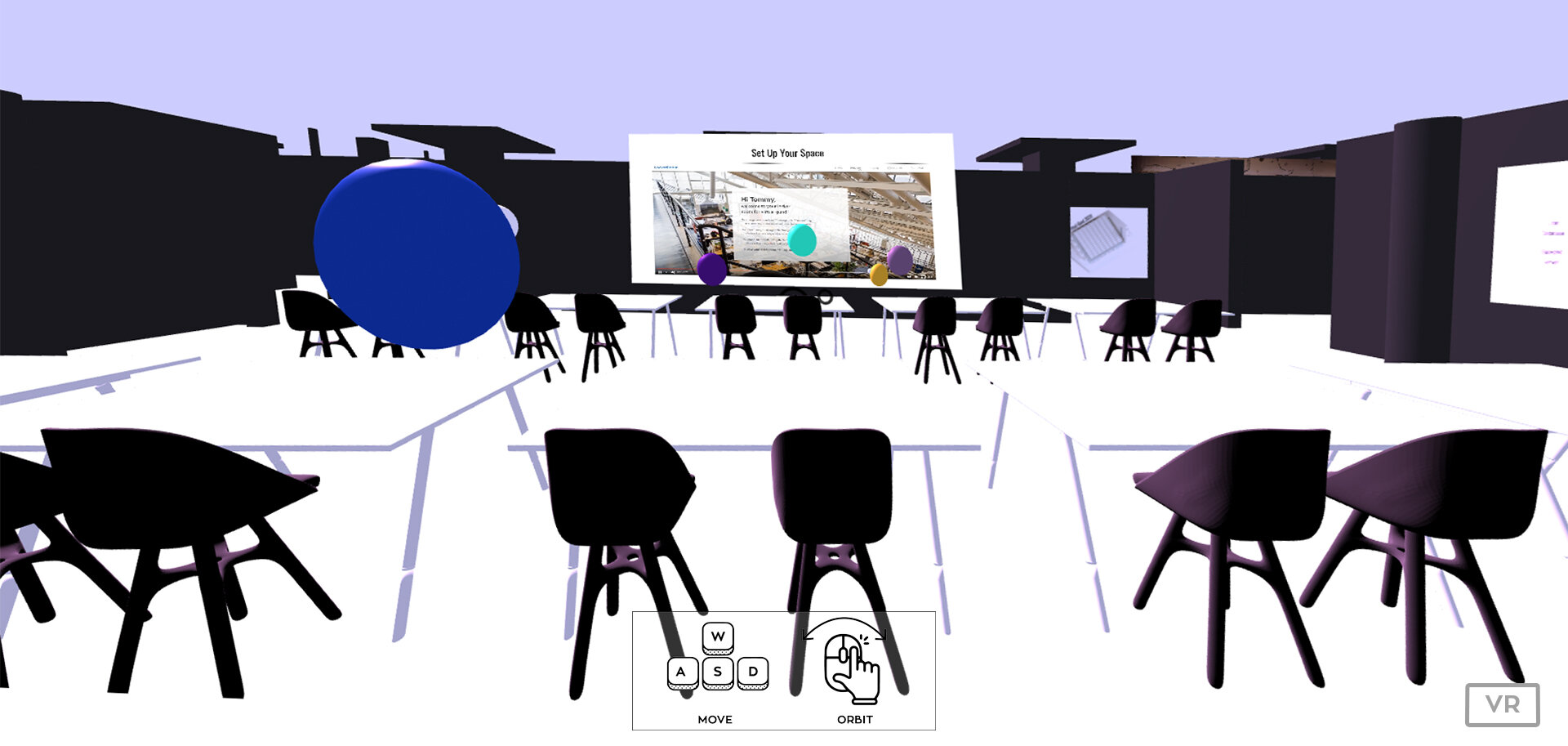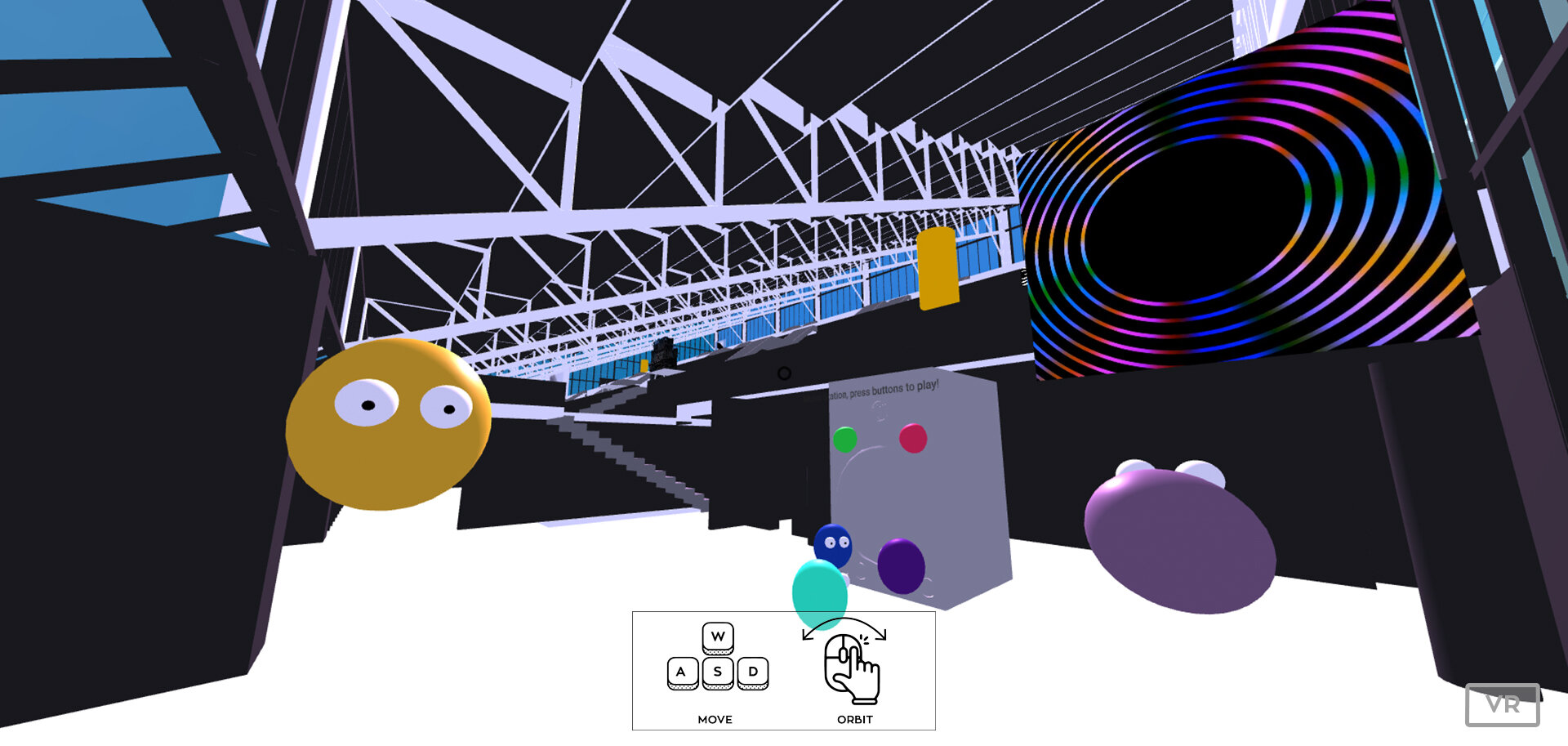2021.4 Clickbait - A Search for a Virtual Harvard
A collective exhibition on the mutual search to ameliorate the tangible distance between students.
During the common academic life, memorable events happen all in one place. As a result, students, professors, staff, among many others, often learn to cherish its physical location. A building or a campus becomes one's home, part of one's day-to-day and coming-of-age. Yet, due to unfortunate events in the past year, these convivial places were made physically inaccessible.
The works presented in Clickbait, utilizes the digital form to interpret iconic facilities, spaces, and events from Harvard University and the Graduate School of Design. The collective exhibit underscores the role of placemaking in academia. It highlights that even in challenging scenarios, there is a concern in reenvisioning common spaces and communities of the university. Although the physical site remains inaccessible, its ethos has not left our imagination. The works in Clickbait render visual and sensorial experiences that were not possible in the physical setting. They offer a participatory way to look back at familiar places while at the same time creatively speculating how they could be. By doing so, the participating artists and designers incorporated personal thoughts and artistic manifestations in its content and form. With these immersive works, iconic spaces of Harvard can be traversed again, but now they can also be clicked, viewed, liked, and shared.
Commencement Simulator 2021
The project intends to provide an online platform for an informal virtual commencement game for the class of 2021. The intent is to allow GSD students could come together in this virtual campus simulation to celebrate virtual commencement in a light-hearted and fun manner. The project also seeks to explore alternate forms of social assemblies, presentations, or even exhibitions during the pandemic lockdown. It seeks to challenge traditional notions of assembly, methods of narration, activist curation, and history archiving through virtualized narrations and interactions. Video games are a special digital art form that engages the audience actively in the production of its spatial-visual experiences. It is one of the few modes of narration where the continuation of the medium is dependent on the input of the user.
The virtual environment can currently support up to 500-3000 players connecting at the same time. Students/ Faculty members playing the game can choose an avatar of their own preference or create their custom avatar to attend a gamified commencement session. A website was also created to support the game. A beta version of the game is now available for download at https://www.onceuponatimeincrimson.com/downloadgame for free.
Commencement Simulator 2021
Artist Bio
Mike Kwok is a 2nd-year HPDM MDES candidate. He is a registered architect under the Architects Registration Board (HK) and the Hong Kong Institute of Architects. He is also a video game designer, animator, and coder.
His project in VIS2354 was selected for exhibition at the IdeasCity Singapore Exhibition jointly organized by the New York New Museum and Singapore Nanyang Technological University Centre for Contemporary Art. His works have been published in several Hong Kong editorials including Re-inventing Central Hong Kong in City Magazine and Freshwave 2014 indie film festival. His 2014 M.Arch thesis Through the looking glass at the University of Hong Kong is selected for the school’s annual thesis public review.
GSD Hallucinations
What is the Gund Hall? What is physical?
After more than a year since Gund hall closed, this exhibition explores this distant memory for some and imaginary figure for many. The concrete walls, stepped trays and deep blue glazed facades have become mental constructs carved by old images, Instagram posts, and Sarah Whiting’s nostalgic Zoom backgrounds.
As many students have left Cambridge, Gund Hall remains in their minds as individual fragments. The way in which each of us use memory to abstract Gund Hall is a similar process to Generative Adversarial Networks. This project begins from the collection of over 1000 memories scattered in latent space as 512-dimensional vectors. Two trained GAN models, including the style transfer into the cubist eyes of Pablo Picasso help visualize this latent space, representing our distorted collective memory of this past year.
GSD Hallucinations
George Guida
George Guida is an ARB RIBA architect and creative technologist pursuing a Master in Architecture II ’22 at Harvard GSD. His main interests lie at the intersection between equity, design, and technology through the lens of computation, machine intelligence, and mixed realities. Originally from Rome, George holds a diploma from the Architectural Association. He is currently a research assistant at the Laboratory for Design Technologies, and has previously worked in leading firms in Italy, Kuwait, and most recently at Foster + Partners in London as an architect and LEED AP.
Dongyun Kim
Dongyun Kim is an architecture and computational designer. He explores the connection between technological advancement and architectural design because he believes that architectural innovation has been powered by technological advancements. His current interests are focused on the application of Artificial Intelligence into the architecture discipline, generative design methodologies, and robotics. Dongyun is currently a graduate student in Master in Design Studies with a concentration on Technology at Harvard University Graduate School of Design, working as Research Assistant at Laboratory for Design Technologies. He received a Master of Science in Design (Advanced Architectural Design) from the University of Pennsylvania Weitzman School of Design where he was awarded the Korean Government Scholarship Program for Study Overseas. He also holds a Bachelor of Architecture from Hongik University in Seoul.
Gund.IO Description
Welcome to Gund.io!
Given the nature of this virtual year, we have all experienced the shortcomings of Zoom and Microsoft Teams - static interfaces, awkward break-out rooms, limited occasions for spontaneous encounters, and zoom fatigue to mention a few.
We present Gund.io, an ongoing prototype of an immersive 3D environment for students and professors to virtually learn, collaborate, and socialize under one centralized platform. Through the digitization of our familiar, yet for many unfamiliar Gund Hall, we augmented this space through a gamification strategy and WebXR technologies. Users can navigate within this dynamic and multi-sensorial space with avatars and view the other exhibitions.
See you there!
Instructions
Weblink: https://gundio.glitch.me/
Username: Enter your Harvard e-mail address
Preferred Browser: Google Chrome
Navigation: ‘A,S,D,W’ keys to move + mouse to orient direction of movement
Prototype Information: This is a beta version! It may take time to load. Any suggestions are more than welcome.
Gund.IO
George Guida
George Guida is an ARB RIBA architect and creative technologist pursuing a Master in Architecture II ’22 at Harvard GSD. His main interests lie at the intersection between equity, design, and technology through the lens of computation, machine intelligence, and mixed realities. Originally from Rome, George holds a diploma from the Architectural Association. He is currently a research assistant at the Laboratory for Design Technologies, and has previously worked in leading firms in Italy, Kuwait, and most recently at Foster + Partners in London as an architect and LEED AP.
Runjia Tian
Runjia Tian is a Master in Design Studies, Technology Track student at Harvard Graduate School of Design. Trained as an architect, Runjia is a multidisciplinary advocate of architecture, computation, and engineering. He investigates the future of design through the synergetic engagement of creative computation, extended reality, multimodal media, and machine perceptions. His more recent research focuses on the enactive co-creation between human designers and artificial intelligence. Runjia has authored/co-authored several peer-reviewed publications on architecture, urban design, and technology. He is the Co-founder of AiRCAD, with research and working experience at MIT CSAIL and at Autodesk.
Yuebin Dong
Yuebin Dong is pursuing a Master of Architecture in Urban Design and a Master in Design Studies at Harvard Graduate School of Design. After receiving education at Tongji University and practicing in architecture design, Yuebin expands his interests to different scopes of design and explores the application of advanced technologies in design. He is currently focusing on improving the experience of human-computer interaction of digital design space through computational frameworks, machine learning, and augmented/virtual realities.
Gabriella Perry
Gabriella Perry is a Master in Design Studies in Technology student at the Harvard Graduate School of Design. She currently works at Virginia Tech's Center for Design Research as a Robotics and Additive Manufacturing Specialist. Her interests include digital fabrication and computational design in the realms of architecture, design, and fashion. She graduated from Virginia Tech in May 2020 with a Bachelor of Architecture. During her undergraduate studies, she co-instructed multiple independent studies on additive manufacturing, assisted in teaching grasshopper and basic robot operation in the design robotics course taught by Nathan King, and managed the additive manufacturing and prototyping lab at the Center for Design Research.

